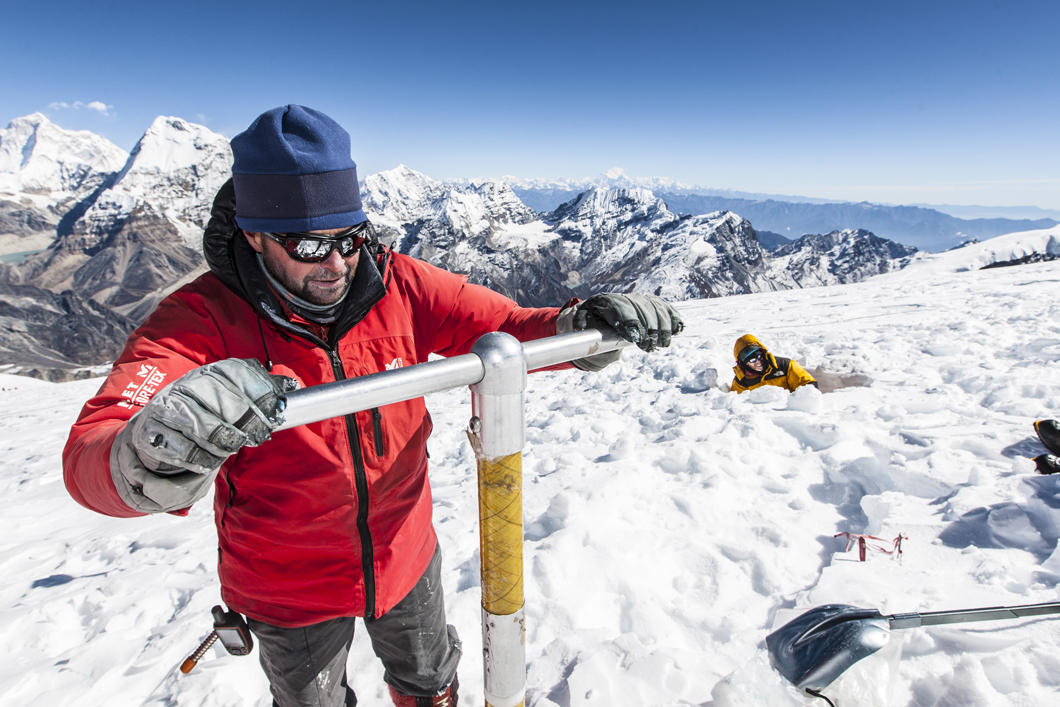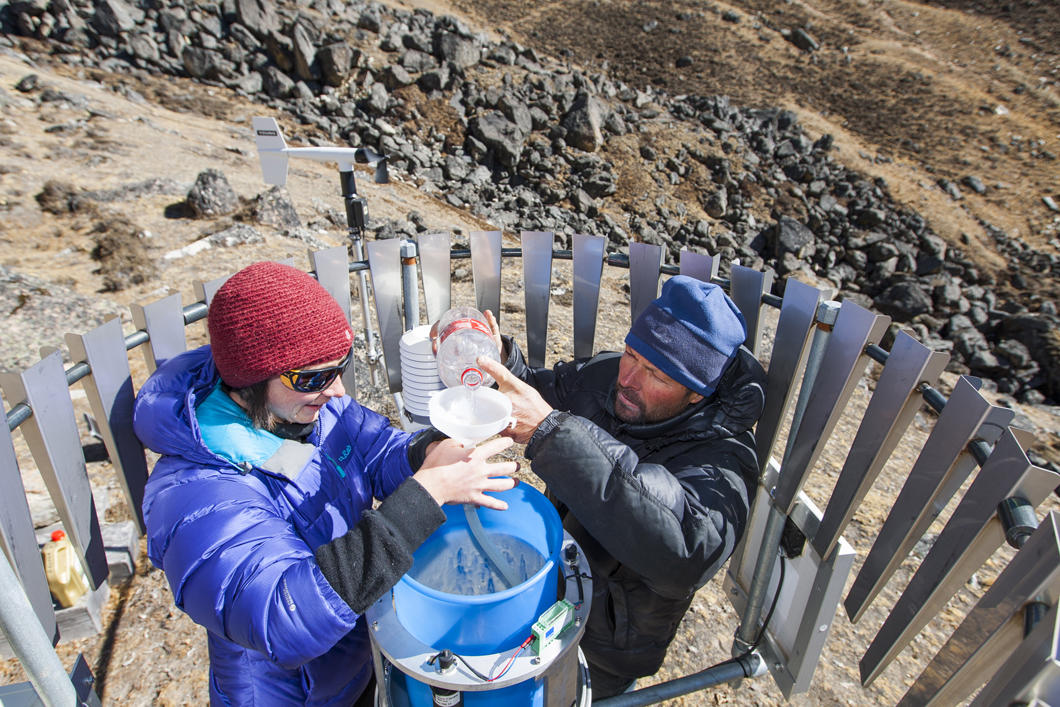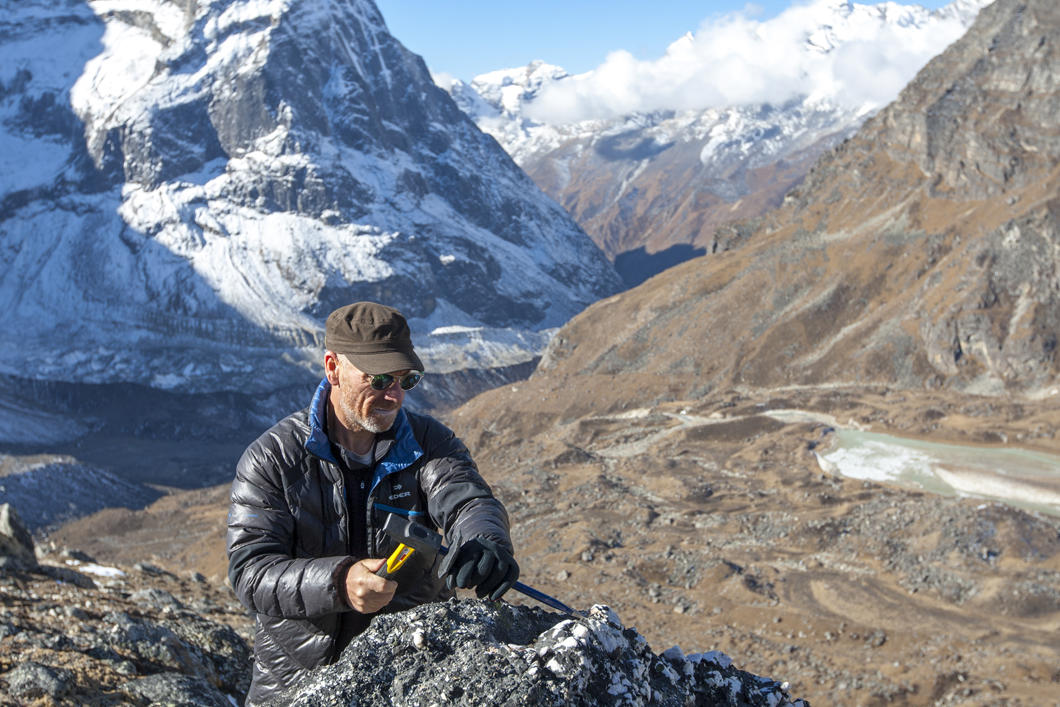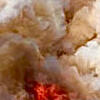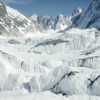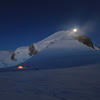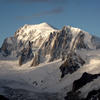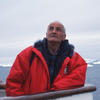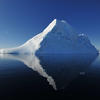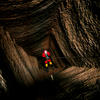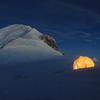Monitoring Glaciers at the Top of the world
You are here
 Lire en français [2]
Lire en français [2]Monitoring Glaciers at the Top of the world
French scientists from the Institut des géosciences de l'environnement (CNRS/IRD/UGA/Grenoble INP) and the Laboratoire de géographie physique: environnements quaternaires et actuels (CNRS/Univ. Panthéon-Sorbonne/Univ. Paris-est Créteil Val-de-Marne/INRAP) are taking part in the project.



